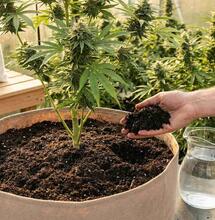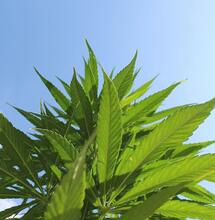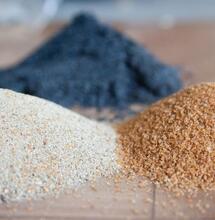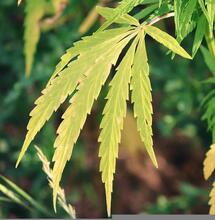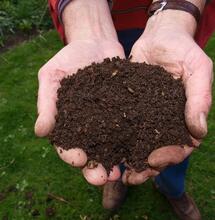Why Is Rhizobacteria Good When Growing Cannabis?
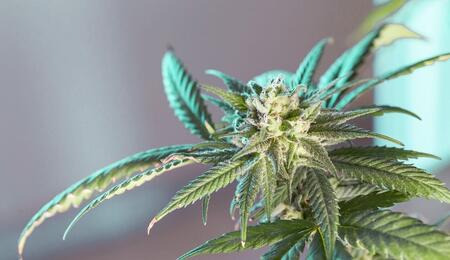
Not all bacteria is bad. The first impulse is to fight all bacteria, but actually cultivating beneficial bacteria is essential for health. This is true for humans, animals, and also for plant life. In the case of cannabis, rhizobacteria is one such beneficial bacteria, which ultimately acts as a natural bio-stimulant, bringing multiple perks when added to the grow medium. In this article, learn more about how rhizobacteria work with plants and why it’s good to use it as a cannabis grower.
Rhizobacteria can be found in the grow soil where the roots of the cannabis plants are, and there are numerous benefits when the plant’s root system is exposed to it. The term “rhizo” in fact relates to roots as the locus point where the designated bacterial community can thrive when stimulated properly.
The most important benefit from using rhizobacteria in cannabis cultivation is that it quickens plant growth, all while strengthening all parts of the plant as it moves through different growth cycles. Rhizobacteria improves nutrient absorption and make the plant more resilient to pathogens or environmental stress such as arid soil, lack of water, or the simple act of transplanting the plant into a new pot. So, if you want robust crops that flourish in a life-giving healthy soil, it’s more than recommended to use beneficial growth-promoting agents like rhizobacteria.
How Rhizobacteria Work with Cannabis Roots?
Cannabis plants are already known to release sugar molecules known as exudates that bind with available minerals and attract beneficial microbes in the soil. So, the bacteria you need is already there. Rhizobacteria can be found in a coating of microorganisms that forms around the root system, which is called the rhizosphere. However, it’s present there only in a very small percentage of all the bacteria that colonize the area and interact with the roots. Which is why it’s important to stimulate it with some more rhizobacteria, so that you can take the full benefit of the intriguing action that begins to happen between the bacteria and the roots.
Botanists are still trying to figure out all the various chemical reactions that take place within this symbiotic arrangement. But one thing is for sure. There is a positive benefit, and rhizobacteria can be grouped together with mycorrhizae, trichoderma, chelating agents, and almost anything else that enhances the ability of the plant to soaks in nutrients.
What Are the Top Benefits from Using Rhizobacteria?
Building a healthy rhizosphere around the plant’s root system can deliver similar results as seen with different nutrients or training techniques that stimulate the growth of more robust cannabis plants that produce more flowers and yield. Here are some of the most significant ways in which rhizobacteria helps with growing healthier cannabis plants:
- Rhizobacteria stimulate growth hormones. It stimulates various plant hormones that are responsible for the development of the plant physiology, including hormones that promote cell division and cell growth.
- It improves the ability of cannabis to absorb nutrients. The presence of rhizobacteria is helpful in maintaining a balanced intake of macro- and micronutrients as well as it suits the plant’s metabolic processes.
- It helps grow more vigorous plants. Rhizobacteria improves the overall immunity of the cannabis plant. It prevents from diseases attacking the roots, but also diseases that may result in stunted growth or failed harvest.
- It ultimately improves resin production in cannabis flowers. The main goal of growing a strong plant is to produce many resinous buds in the end. By affecting the nutrient uptake as well as the plant’s metabolic processes and resilience build-up, rhizobacteria help create the right condition where flowers can produce more cannabinoids and terpenes. And isn’t that what every grower wants?
How to Use Rhizobacteria in Cannabis Growing?
Plants can be treated with rhizobacteria stimulants at several different instances during the growth stages. You can add rhizobacteria immediately as you sow the seeds in order to give a boost to the seedlings they’ll become. Or you can do it as you transplant the seedling into its new pot. Simply add 1g of rhizobacteria into the hole where you put the seed/seedling.
If you’ve missed adding rhizobacteria at the start, you can always do it later on. Make a soil drench and again pour in 1g of rhizobacteria solution mixed with water. You can repeat this every three weeks and maintain a well-functioning rhizosphere around the root system. Happy growing!
Also read on Soft Secrets:
